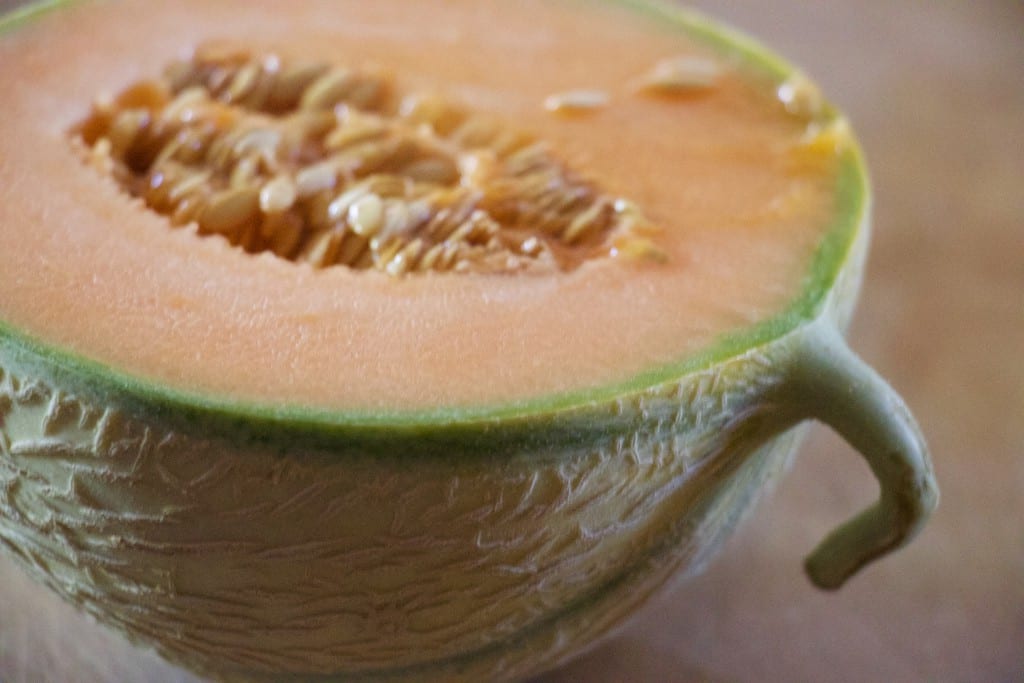Health News & Articles
FODMAPs & Your Belly
A couple of weeks ago we sent you an email where we mentioned the issue of summer tummy troubles, and the response has been quite overwhelming. Many of you reported to suffer, in different degrees, from “bloated bellies” and difficulties digesting certain foods, although most of you couldn’t exactly pinpoint which ones. In general, the main culprits you all agree on are: bread, pasta, rice and fats.
A very interesting email arrived from a client in the UK, who reported that her doctor put her on a FODMAP diet, which has greatly helped her reduce the Irritable Bowel Syndrome (IBS) symptoms that she has endured for years.
Perhaps you have already heard of FODMAPs from someone you know or you may have read about it in the press, but if you are still in the dark, we have put together a simple outline to help you digest this new dietary approach:
The low FODMAP diet, originally developed in Australia by dietitian Dr. Sue Shepherd and gastroenterologist Dr. Peter Gibson, is increasingly recognized as an effective dietary treatment for Irritable Bowel Syndrome (IBS). An Australian study has shown that a low FODMAP diet may reduce gastrointestinal symptoms in 75% of IBS patients.
A subsequent study of this dietary system in the UK has shown it superior to a dietary approach previously considered as best practice [Staudacher et al.]
So it is not surprising that based on this recent data, some doctors in the UK are beginning to advise their patients with functional gastrointestinal disorders (FGIDs) to integrate the FODMAP diet in their eating habits.
WHAT DOES FODMAP MEAN?
FODMAP is an acronym for:
Fermentable Oligosaccharides, Disaccharides, Monosaccharides And Polyols.
Yep. A bit of a mouthful, so to speak.
WHAT ARE FODMAPs?
FODMAPs are a group of small carbohydrate (sugar) molecules found in everyday foods. More specifically, FODMAPs are carbohydrates that may be poorly absorbed in the small intestine or lower intestine of some people.
FODMAPs move through the digestive tract to the large intestine (colon), where they can draw water into the colon and are rapidly fermented by naturally-occurring gut bacteria. The fermentation of FODMAPs produces gas, bloating and other undesired digestive symptoms.
The basis of many functional gastrointestinal disorders (FGIDs) is distension of the intestinal lining. Such distension may induce pain, a sensation of abdominal bloating and motility disorders (imparing the contraction of the muscles that mix and propel contents in the gastrointestinal tract, thereby slowing digestion).
While some people are able to consume FODMAPs without experiencing gastrointestinal side effects, many people find that FODMAPs trigger symptoms including abdominal pain, cramping, bloating, excess gas, constipation and/or diarrhea.
In fact, more and more people who have not been diagnosed with IBS or other functional digestive issues are becoming increasingly familiar with that feeling of bloating in the abdomen and gassy reactions when they eat.
If you are one of them, you will benefit from reading on.
WHICH ARE FODMAP FOODS?
The FODMAP diet is gluten and lactose free, and you may be surprised to see in the list that some healthy foods are still considered irritants. Just remember that, as with any diet, there is no black and white.
The high FODMAP foods can be reduced and, in some cases, avoided most of the time, but by no means you should exclude them completely from your diet forever. In fact, nutritionists and doctors agree that once symptoms go away, it is wise to slowly reintroduce some of these foods, and check their effect. Some people find that after a period of removal, the body heals, and what used to be a problem for their digestion no longer has negative effects when later re-introduced.
At My Life Moves we believe that your own wisdom should ultimately be your guidance, so use your common sense.
We have put together a comprehensive, up-to-date and printer-friendly table for you (linked below this paragraph). Not designed with any particular “cut-offs” for high versus low FODMAPs, it lists high FODMAP foods, and also suggests relatively lower FODMAP options for some common higher FODMAP favorites. You can use it when making any food choices, while selecting recipes, getting your groceries…
WHERE CAN I FIND THE STUDIES TO SUPPORT THIS?
If you are considering following the FODMAP diet or you’d simply like to know more, we recommend you to explore the impressive US-based National Center for Biotechnical Information.
You will find information about the original studies by Dr Gibson and Sheperd (Gibson, P. R., & Shepherd, S. J., 2010. Evidence-based dietary management of functional gastrointestinal symptoms: The FODMAP approach), as well as some technical information that confirms ‘the fermentative nature of the short-chain carbohydrates and their role in the induction of bloating, distension, abdominal pain and excessive flatus’.
Their conclusion is that “The considerable evidence supporting the low-FODMAP diet for IBS, and the fact that it is relatively easy to implement without significant nutritional concerns, supports the suggestion that this should be the first dietary manipulation trialed in patients presenting with IBS.”
TO SUMMARIZE
It is actually rare to find scientific and medical studies that confirm a specific dietary approach to tackle a health issue. So we can safely say that if Dr Gibson and Dr Sheperd’s FODMAP’s discovery is published in medical journals and recognized by the medical profession as an acceptable form of relief of IBS symptoms, we should at least consider it.
What is important to understand, however, is that the FODMAP’s diet does not cure IBS or any functional digestive illness. It does offer relief from the symptoms however, which in turn will allow the person to be in a better place for his or her eventual healing.
Irritable Bowel Syndrome does seem to have many possible causes –which we will discuss in another MLM issue. In particular, it has been shown to have a strong emotional component; stress is possibly the main factor that can interfere with the digestion of any healthy individual.
If you suffer from any of the symptoms described in this article (bloated abdomen, flatulence or gas, slow digestions, abdominal pain, constipation and/or diarrhea), and if you experience adverse reactions to the FODMAP’s foods in the list, it is possible that your intestinal lining and its microflora are in some way damaged. If so, we recommend you seek your doctor’s advice for some further testing.
Remember, these foods are not the cause of the problem. They only cause the adverse reactions when there is already an existing problem in the gut. Reducing them will offer you the relief you need to feel better and calm your belly, therefore creating better conditions for your healing process. Also keep in mind that alcohol and caffeine are irritating for the gut, so even though the LOW FODMAPs list does include some forms of alcohol and caffeine in limited quantities, all studies show you do need to be cautious with their intake when suffering from any digestive issues.
For further questions, you can always contact us.





Leave a Reply